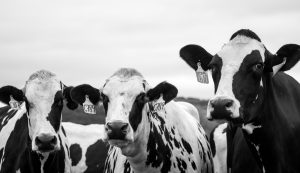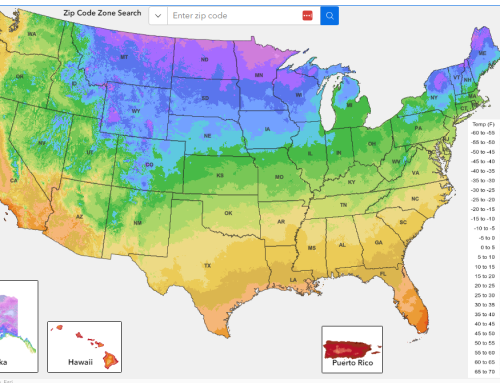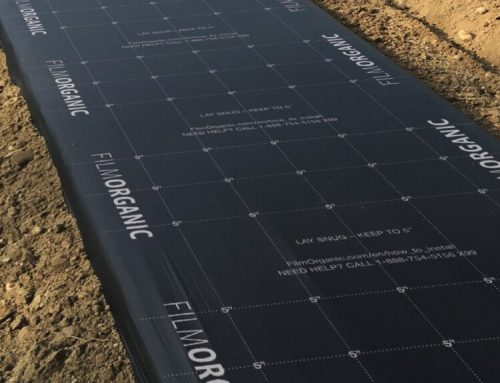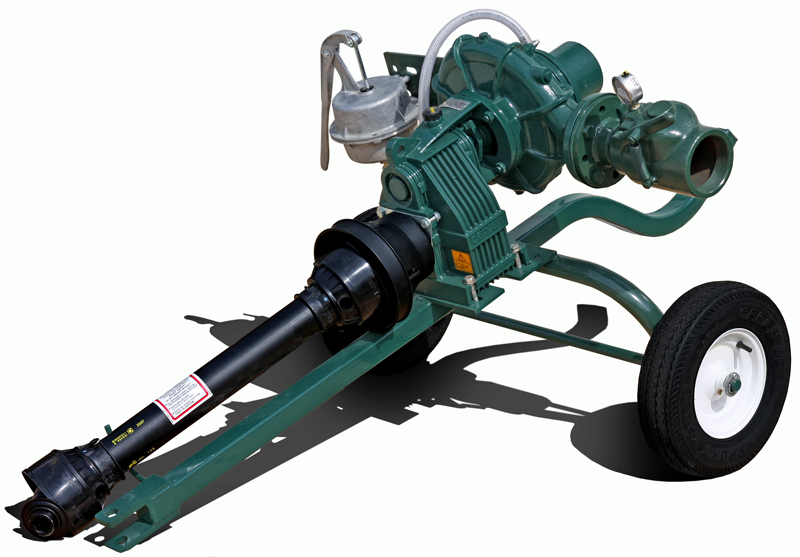According too a recent article in Smithsonian Magazine, as the price of milk plummeted in the early 2000’s,the Barstow famiily “decided to take full advantage of an underutilized commodity the cows produced in abundance, and build something called an anaerobic digester—basically, a manure-fueled power plant.”

Cows! The Methane Machine
“Cows produce milk, but microorganisms in one of their four stomach compartments also produce methane. They belch methane out of their mouths, and when mountains of manure pile up in oxygen-free lagoons or pits, the micro-organisms keep producing methane there, too.”
“In front of the Barstows’ cow barn sits a 550,000-gallon underground tank into which about 9,000 tons of manure flow from the cow barn each year. There, it’s mixed in an oxygen-free environment heated to between 95 and 105 degrees Fahrenheit. Micro-organisms break down the organic material in the manure, and the machinery captures the biogas produced in the process. Pipes move the methane into one of two engines on the farm that burns it to create heat and electricity. This provides all the farm’s heating needs. The organic matter left over after digestion is used as fertilizer on the fields, which has increased crop yields considerably. With the volatility of fertilizer prices since Russia’s invasion of Ukraine, free fertilizer is a welcome cost savings.”
“When you talk about sustainability, you have to talk about soil health and water quality and all of that, but you also have to talk about being able to make a profit,” Barstow Manz says, pushing breeze-blown strands of hair back into her ponytail. A few cows lie on the field in front of the farm store chewing their cud. There’s a steady wind stirring on that cloudy June day, and the chimes on the farm store tinkle. Yet the air blowing across the farm smells like … nothing.”
The digester had turned all the manure into money.






